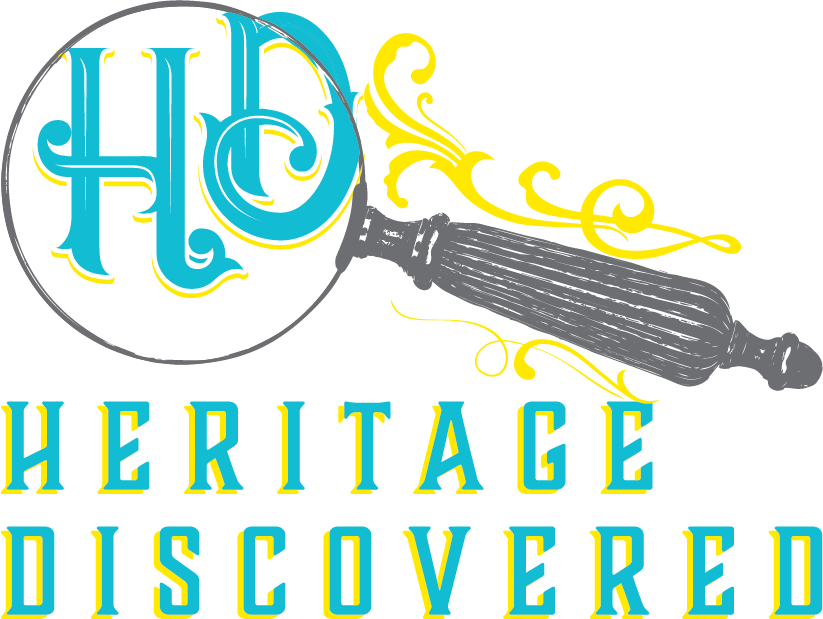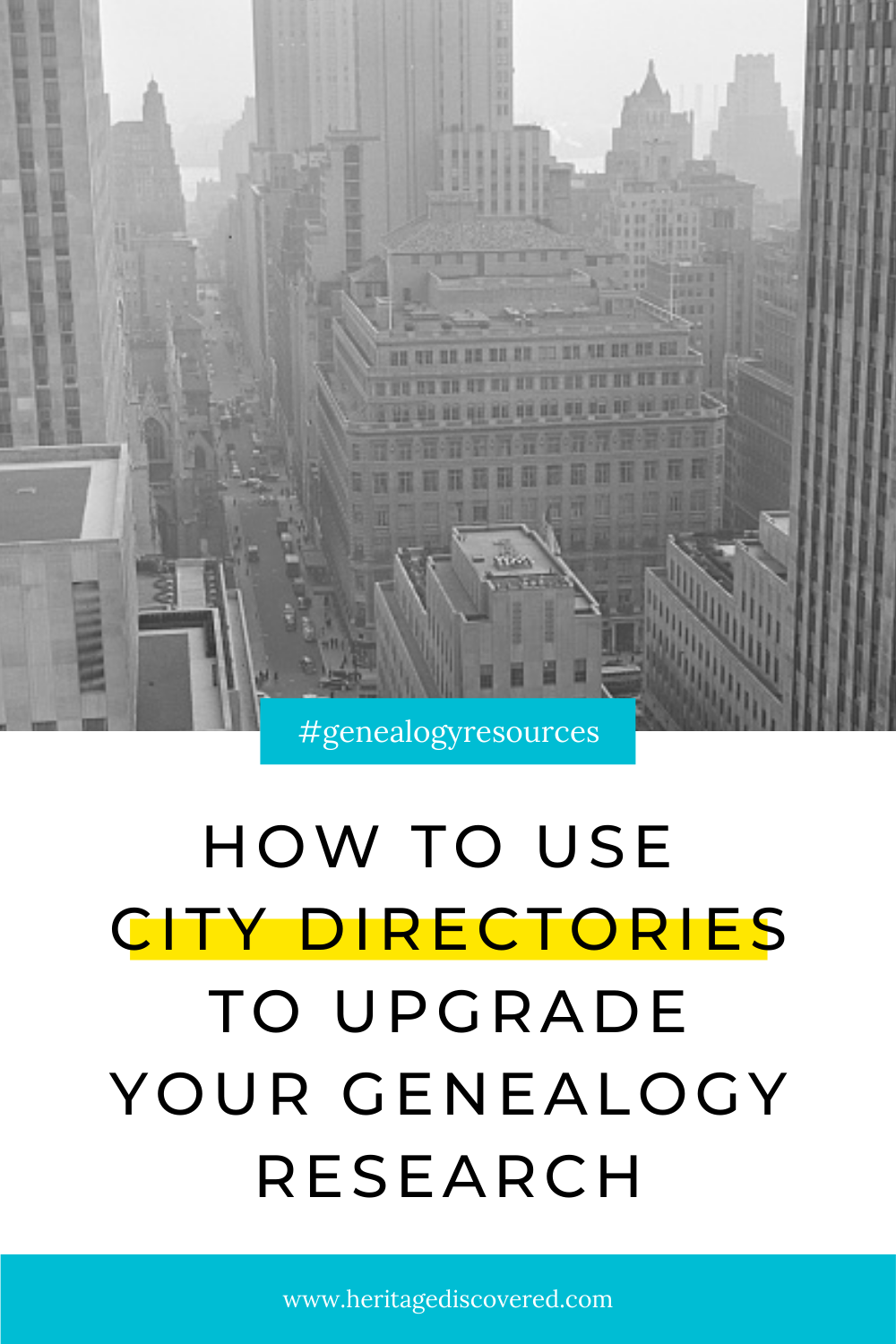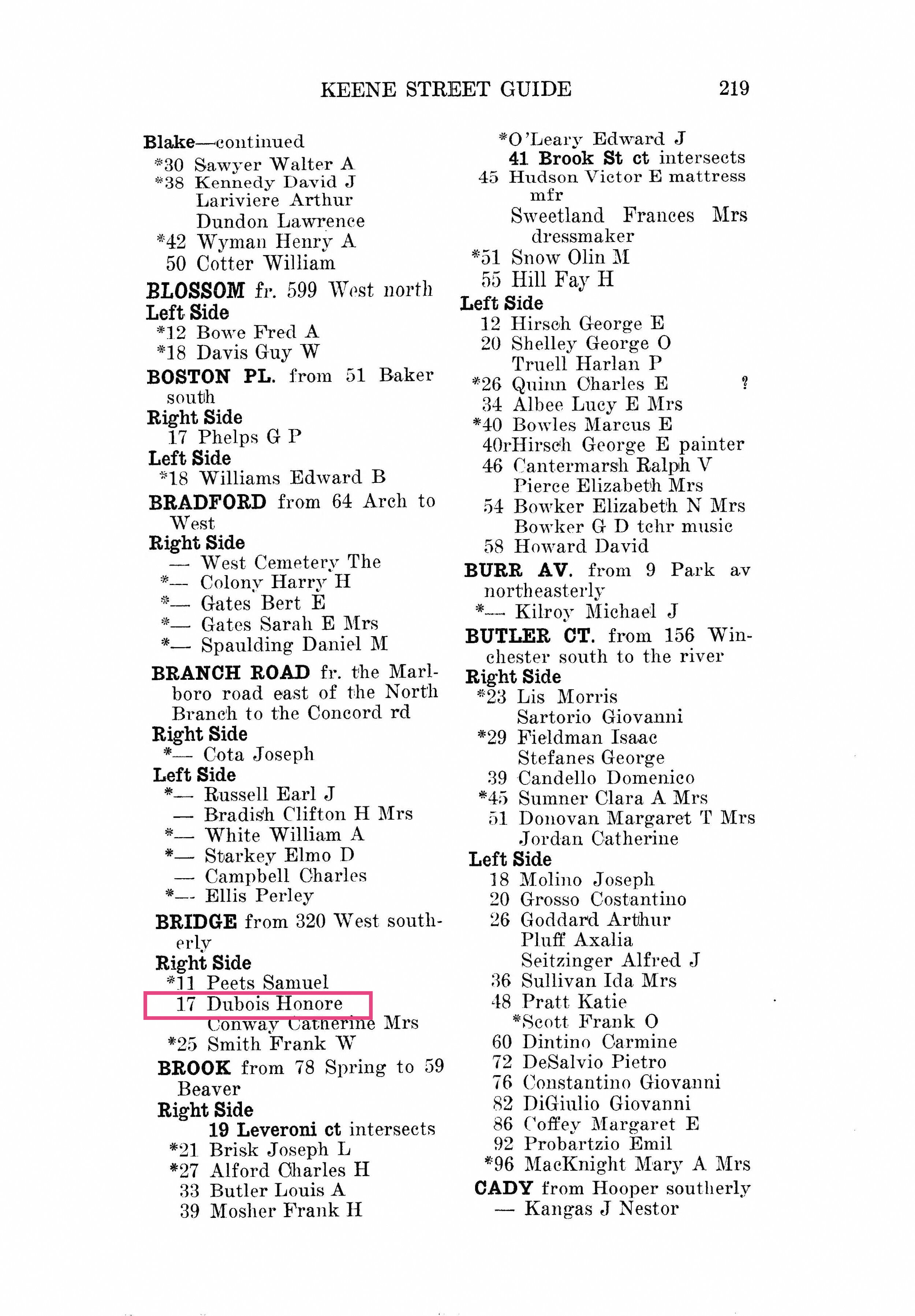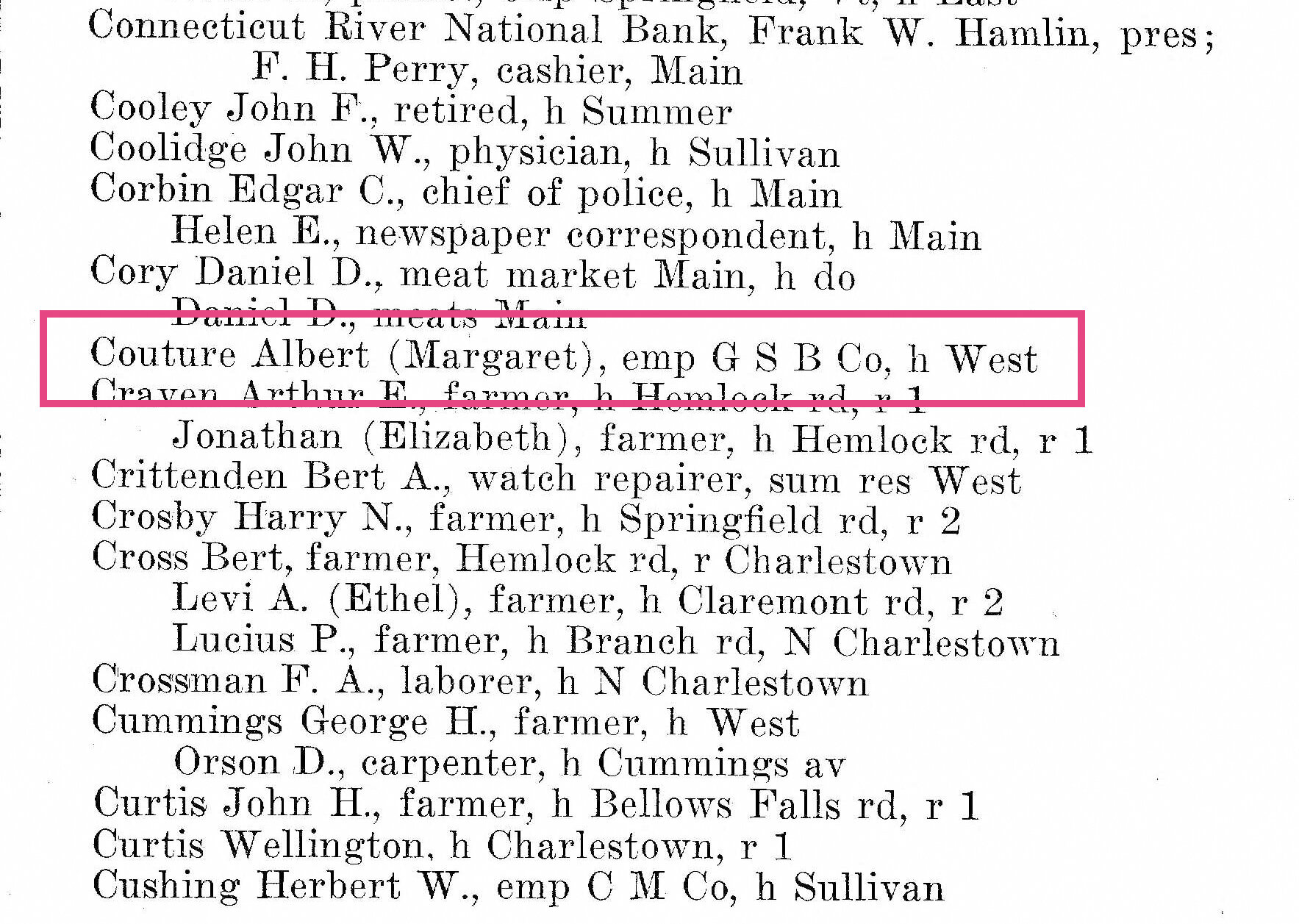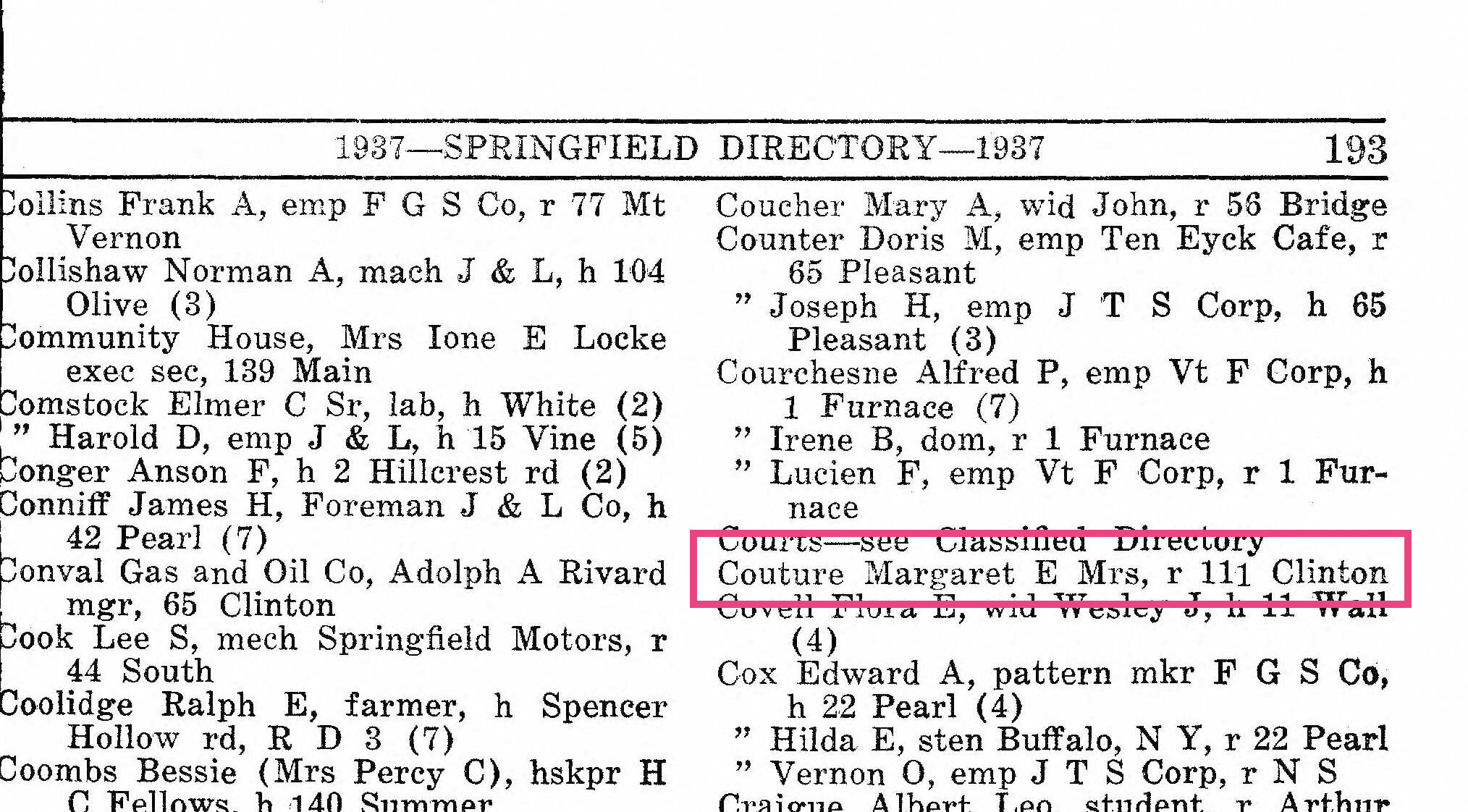Why Using City Directories Is Good For Your Genealogy Research
*This post may have affiliate links, which means I may receive commissions if you choose to purchase through links I provide (at no extra cost to you). All opinions remain my own.
City directories, IMHO, are an underused resource in genealogy research.
They’re filled with genealogical information, and they’re not too hard to find. Many can be found online.
They began in the US in the late 1700s. Philadelphia first published one in 1786 and New York City published one right after, in 1786. In England, they go back in some form to at least 1595.
City directories were the forerunner to telephone books (remember those?). Although they more often cover large cities, they also exist for smaller towns and suburbs.
In this article, I’m sharing how to use city directories for genealogy, and where you can find them.
Related posts:
How To Use Newspaper Social Columns To Find More Of Your Ancestor’s Stories
Why Local History Books Are More Important Than You Think For Genealogy
How Setting Genealogy Goals Makes You A Better Researcher
Why You Need a Genealogy Research Log
What you can learn about your family from old city directories
City directories are an important source of information about your family, especially if they lived in a more urban area.
And urban doesn’t have to be a big city like Boston. It can simply be urban for the area.
I’ve found my family in Bellows Falls, Vermont directories, which had less than 5,000 people, but was a good size for the area and time. These included the much smaller Charlestown, New Hampshire, where my family lived.
The content can change by area and publisher but may have a combination of:
An alphabetical listing of people
A business listing, by type of business
A street listing, with residents by house
You may also come across maps, local elected officials, and other interesting information.
At the very least, there should be an alphabetical listing section for people and a business classifieds section.
My 3x great grandfather in a street directory. Image source: Ancestry
Although they tend to focus on the heads of household (read: men), you can still learn a lot about your family, such as:
Occupation
Spouse name
Their exact address
Other household members
Employer
Employer’s address
Related posts:
How To Avoid A Brick Wall And Research Your Ancestors With Common Names
7 Tips To Help You Create A Successful Genealogy Research Plan
10 Reasons Why Using Landownership Maps Adds Value To Your Research
Museum Archives: How To Use This Unique Resource In Your Research
11 Smart Tips For Using Archives In Your Genealogy Research
How to use historical city directories in your research
Besides learning fun facts like your ancestor’s street address and what they did for a living, old directories are a wonderful way to learn more about their daily lives.
The information inside can also provide clues to lead you to more records.
Here are 7 ways you can use city directories for your family history research:
1. Discover what schools, churches, facilities, and merchants existed at the time. This knowledge can paint a picture of where they worshiped, shopped, and took part in activities.
Understanding what was available to your ancestors in a given place and time can tell you where to search for records. For instance, if you don’t know where someone is buried, the business section can tell you what cemeteries were around so you can narrow down your search.
2. Track your ancestor’s movements. Because they were usually published annually, you can trace their relocations, both within and to and from the town.
If you have ancestors who moved often and between censuses, old directories can be especially useful in identifying where they were moving to. Directories will also sometimes note where someone moved to, such as “removed to Worcester”.
Knowing exactly when and where your ancestor lived somewhere is helpful for understanding the timeline of their lives and can tell you where you should be hunting for more sources.
Because they were published so often, they’re also a great 1890 census substitute and fill in the holes for that 20-year gap in census enumerations.
3. Narrow down when someone was married, as spouses may be included. While it’s unfortunately not a given that a wife’s name will be listed along with her husband’s, it did happen.
If a wife’s name appears suddenly, it may be a sign they were recently married. Similarly, if her name disappears, she may have died.
4. Determine when someone died. Although this usually applies to men, you can get clues about when someone died as their wife will be listed as “widow of…”.
Sometimes you may come upon the exact date of death under their listing, but more often you’ll see their widow being listed instead.
5. Identify their neighbors. Some directories have street guides where all the residents were listed. You can also browse through them, depending on how large the directory is, to find their neighbors.
Once you pinpoint who they were, you can research them, as part of the cluster research method. You may discover important facts about your ancestor by researching their neighbors!
6. Uncover when they bought property. By tracing your ancestor’s addresses, you can see when they might have bought and sold property. This can lead you to deeds and other land records.
7. Identify children and other family members. By seeing who is listed at the same address as your ancestor, or living very close by, you can learn about other family members. These could be children who have come of age, siblings, cousins, or other relations that you might not have known about.
Related posts:
Why You Need a Genealogy Research Log
7 Simple Steps To Creating A Genealogy Timeline (And Why You Need One)
Why Local History Books Are More Important Than You Think For Genealogy
Case study: Albert and Margaret Couture
I used directories to trace my great grandparents, Albert Couture and Margaret Sylvester of Charlestown, New Hampshire.
I found them not only during their marriage but discovered they separated and later lived in two different states.
They first appear as a couple in the 1918 Bellows Falls, Vermont directory, which included nearby Charlestown.
Image source: Ancestry
They were living on West Street and Albert was working for “G S B Co”. Through the business section, I learned this was the George S. Bond Company, which was a musical instrument case and box manufacturer. It was also on West Street.
Things stayed the same through at least 1924. In 1926, they were still on West, but Albert was now working in Springfield, Vermont, near Charlestown.
Beginning in 1932, things started to get more unstable. They had moved to Depot Street, although Albert was still working in Springfield. Three years later, they had moved again, to 89 Clinton, where Albert was working as a machinist.
After that, Albert disappears from Charlestown.
Margaret appears as Mrs. Margaret E. Couture in 1937, living at 111 Clinton in Springfield, Vermont. No mention of Albert.
In 1939, Margaret was living alone at 16 Bank in Springfield. The next year, she had moved again to 107 Clinton.
In the 1940 census, she was listed as the head of the house, with a lodger, but no Albert. She wasn’t a widow. The last directory available for when she was alive was 1942, which still had her at 107 Clinton. She lived here until she died in 1945.
What happened to Albert?
When I was first researching them, I thought he had died and spent time mailing off forms searching for his death certificate. (This was many years ago and before the 1940 census was out.)
It turns out he had moved to Greenfield, Massachusetts, where his father had lived and some of his siblings were.
I first found him in 1937, the same year Margaret appeared alone in Springfield. He was living at 50 Federal Street and working for the Boston and Main Railroad.
Somehow, in the same year, I found him as a laborer, living at 173 Sugar Loaf in neighboring South Deerfield. (And I’m pretty sure they’re both him.)
Image sources: Ancestry
In 1940 and 1941, he lived at 10 Chapman in Greenfield. He died in 1942.
I was able to trace them for nearly 25 years through directories. I learned where they lived and where Albert worked.
When I visited Charlestown and Greenfield, I was able to see where they lived because I had found the addresses from the listings. You can sometimes find addresses through the census, but both of them moved around a lot in their later years, so I learned about more places they had lived than only the census years.
They also led me to land deeds. A kind person in the courthouse helped me remotely because I was able to narrow down the window of time she had to look through.
If I hadn’t found Albert in a Greenfield directory while looking for his dad, it would have taken me much longer to figure out when and where he died.
Also, when put together with other information I now know, I feel they add a little more to their story. Or at least I can create some theories about what happened.
Margaret died penniless of chronic alcoholism in 1945. I believe that her alcoholism became too much for Albert, so he left. But, they didn’t divorce.
It’s also possible he left for Greenfield because it was a bigger place and had more job opportunities. I think it may have been a combination of both, although the alcoholism could have had a lot to do with it.
This is the couple that gave my grandfather up for adoption. I don’t know any of the other descendants, so I’ve never heard any family stories and I’ll never know for sure.
Related posts:
Solve Your Genealogy Brick Wall: Review and Analyze Your Research
Solve Your Genealogy Brick Wall: How To Evaluate Your Sources
Solve Your Genealogy Brick Wall: 10 Ways To Widen Your Research Net
Solve Your Genealogy Brick Wall: How To Research A Last Name In An Area
How to find old city directories
Fortunately, you can find many city directories online.
All the major genealogy websites have collections. You can find city directories on Ancestry, Findmypast, MyHeritage, and FamilySearch.
Other sites, like the Internet Archive and Google Books have free online city directories, like the Polk directories.
The coverage for them varies on each site, and some websites may have only spotty coverage for a location. And I’ve found instances where parts of the book were lost and only portions were online.
Local public and university libraries may have copies as well. Other repositories like historical societies and genealogy libraries usually also have them. These may be in print or digitized formats. I don’t mind flipping through print copies and have found some that haven’t been digitized yet, giving me more information than I would have found in only an online search.
Related posts:
How to Organize Your Genealogy Files With Binders
6 Common Genealogy Mistakes And How To Avoid Them
11 Smart Strategies For Searching For Ancestors Who Changed Their Name
6 Google Search Tips For Genealogy That Will Save You Hours Of Time
Final thoughts
City directories are a valuable, if underused, resource. They can shed light on exactly where your family lived and for how long, the work they did, who they worked for, and so much more. They’re a great way to create a foundation of a timeline for your family.
In some cases, it’s hard to find this information in other places. For example, the census may tell you what they did for a living, but not who they worked for.
Historical city directories are well worth the time to dig through.
What have you learned about your family from old directories?
If this post was helpful, please consider “buying me a coffee”. Tips through Ko-Fi help me create more content like this for you! Thank you for supporting my small business!
